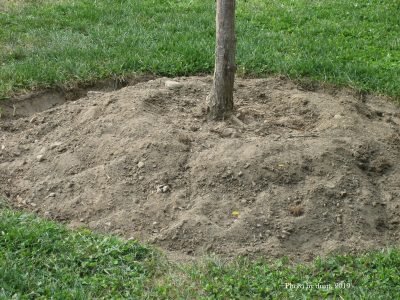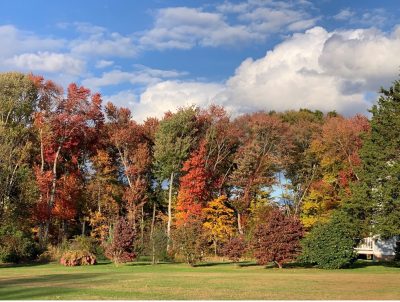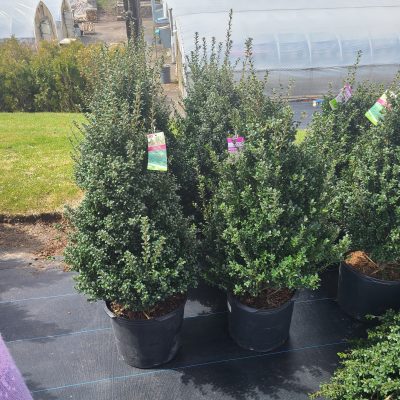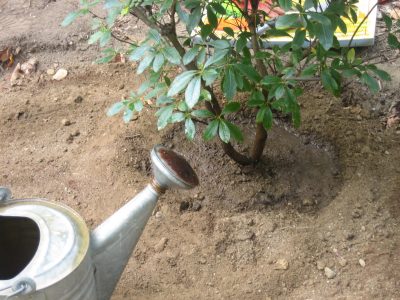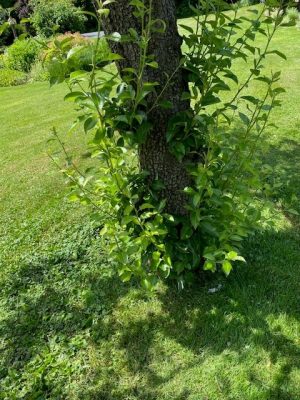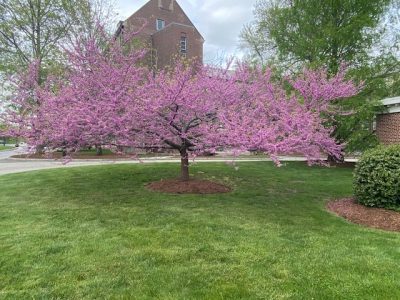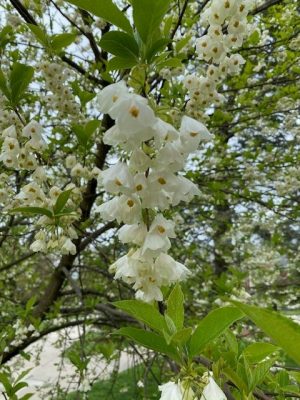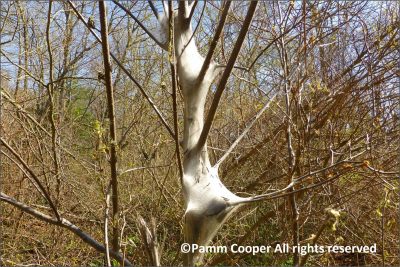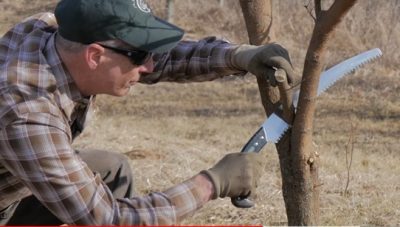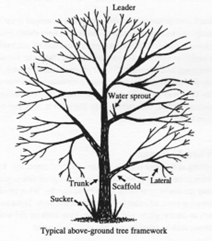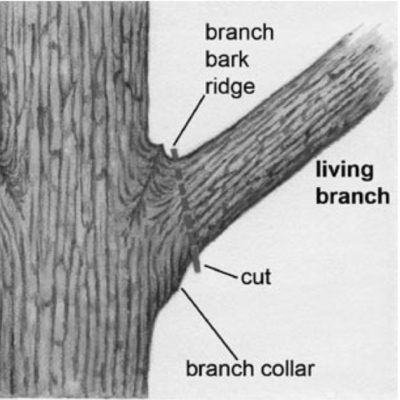By Heather Zidack, UConn Home & Garden Education Center
If you’re planning to do some landscape renovations this summer, you will often hear the suggestion of doing certain tasks “until the plant is established.” If you’ve heard this phrase and wondered what the pros mean, you’re not alone. It’s crucial to understand that the first year of growth is one of the most critical to ensure the success of trees, shrubs and perennials in the landscape.
The “establishment period” is when a newly transplanted plant pushes roots beyond the original root ball to anchor itself into the surrounding soil and adapt to its new environment. Establishment happens in as little as 2-4 weeks for your veggie starts and other annuals. However, if you are installing woody ornamentals or perennials, it is recommended to provide support for their first year in the landscape. Some species, especially fruiting plants may need longer attention to ensure establishment and landscape success.
Keeping the plants properly hydrated is going to be your first line of defense in preventing transplant shock. Using sprinkler systems for supplemental water can be problematic for trees, shrubs and perennials. These systems, especially those designed for lawns, maintain moisture in the top 1-2 inches of soil. Our non-turf plants need much more. Providing adequate water will help new plants acclimate by providing sufficient hydration, but it will also encourage the root system to expand. Roots pull moisture and nutrients from the soil but also act as an anchor to keep the plants upright. Keeping only the top few inches of soil moist will encourage roots to stay in that shallow layer instead of expanding deeper into the soil, hindering the development of that anchoring system. Additionally, watering demand tends to be more frequent with shallow root systems, as the first few inches of soil are more susceptible to drying out on sunny days. Lastly, the shallow roots need to compete with established turf for resources at a 1-2-inch depth.
While in this establishment period, the standard watering recommendation is 1-2 inches per week, depending on the species of plant. An inch of water is equivalent to 0.62 gallons per square foot of garden area. Watering the plant at this rate encourages it to stretch its roots downward into the soil. With deeper roots, plants can find moisture even during times of temporary drought deep below ground. This is a huge contribution to drought tolerance, as opposed to the common belief that the plant will just “live longer without water.”
If the forecast does not predict an inch of rain within the week, gardeners should be out checking the soil for moisture a few inches down and providing supplemental water if necessary. Always check the soil before watering, especially if you are new to gardening. Squeeze the soil in your hand. If the soil particles stick together easily, it is likely that there is enough moisture. If soil clumps fall apart between your fingers or the texture is dusty, the soil is too dry and more water is needed. If you can squeeze water out of the soil like a sponge, there is too much moisture, and you should come back and check in a day or two. Overwatering can lead to root rot and other diseases and finding the balance is a fine-tuned skill developed over time.
Monitor your new plantings for the first year and watch for signs of transplant shock, pests and disease so that you can adjust quickly and keep your plants healthy during this time. While transplant shock is a normal response to being planted in a new location, the symptoms can be startling to gardeners. Remember that the UConn Home & Garden Education Center is here to help you determine if you are looking at transplant shock, disease, or possible pest damage. It’s easier to catch and treat issues earlier than it is to react at the end of the season. If you’re vigilant, we can help you find your way to solutions much more quickly!
Staking should only be done as a temporary measure for young trees where the environment or the species of tree requires extra support. In most cases, trees should be perfectly capable of supporting themselves. Exposure to the elements, like the occasional strong breeze, can help to strengthen them as they adjust. However, temporary staking can help take some of the stress off the young trees if they are establishing in harsher environments. While there are many situations that may be appropriate, consider staking newly planted trees when they are in open areas, have high wind exposure, or are in an area that risks mechanical or physical damage. Staking may also be appropriate if the root ball is significantly smaller in relation to the tree’s size, or if the tree has a top-heavy canopy.
Once your plants are well anchored into your landscape, they will be able to find water and nutrients on their own while standing tall in the face of our New England climate. Putting in the attention and care to help plants establish in their first year or two in the landscape will reward you with many years of enjoyment to come.
The UConn Home & Garden Education Center supports UConn Extension’s mission by providing answers you can trust with research-based information and resources. For gardening questions, contact us toll-free at (877) 486-6271, visit our website at homegarden.cahnr.uconn.edu, or reach out to your local UConn Extension center at cahnr.uconn.edu/extension/locations.
This article was published in the Hartford Courant June 7, 2025

